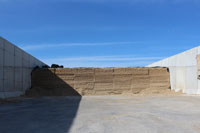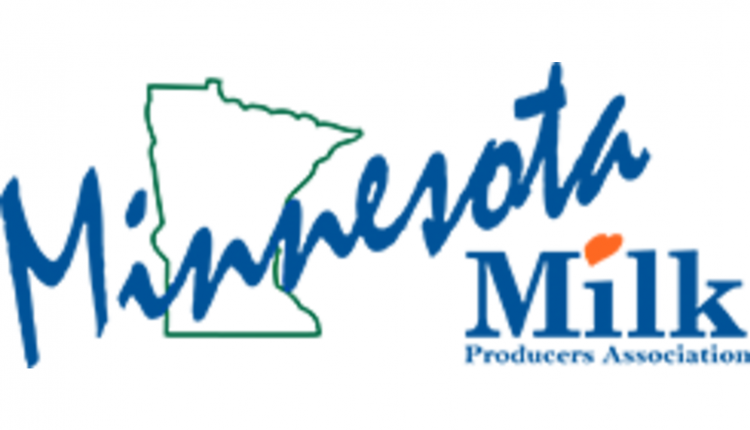
While many assume 2020 to be the biggest hurdle yet, a portion of current on-farm challenges are due in part to 2019 effects – including the poor forage harvests. Current feed inventories are suffering, even with the help of first crop hay, and many are searching for alternative forage options to offset a year they’d all like to forget.
“Winterkill exhausted perennial plants and that coupled with difficult growing and harvest seasons was a major contributing factor to nearly depleted feed reserves,” says John Goeser, Rock River Laboratory animal nutrition, research and innovation director. “Because of prevent plant in 2019, we saw significantly fewer forage acres and are now suffering from shortages of wheat straw and other pillar forages.”
Make a sustainable nutrition plan
Goeser recommends a sustainable nutrition plan for those who are facing scarce feed inventories. “Increasing corn silage to keep forage at the same levels isn’t sustainable. This is only a temporary fix and will eventually lead to feeding less and less corn silage and more haylage.” Not only will this bring highly digestible starch into the diet, but lends to a yo-yo effect that is too drastic for continued herd success.
Instead, Goeser says inventories should be reviewed and, depending on the harvest timeline for the next crop, farms should allocate and ration feedstuffs on a per cow per day diet to maintain stability. “Coming in with high fiber commodity feeds can also offset the gap,” suggests Goeser. “Analyze them like a forage then formulate with them.” Such feeds include almond and soy hulls, wheat mids, and corn gluten. Accessibility and cost will ultimately determine exactly which commodity feeds are most efficient for the ration.
Plan for near future and long-term crops
As 2020 rolls on, there are still opportunities to contribute to low feed inventories. “In cases of winterkill like we saw, seed down forage oats to build up yield right away,” suggests Goeser. “This crop is fairly hardy early in the year.” In cases of alfalfa stands that are pulled out after first cut, he recommends warm season grasses such as sorghum and sudan to help bulk up inventories and improve yield. If there is enough inventory left to sustain through mid-year, more cool season grasses, such as triticale, can produce higher quality dairy feed, which can be harvested in late June and July.
“If we have three months of time with a hay or haylage crop, then we should look at triticale, Italian ryegrass or a varietal blend,” explains Goeser. “These all produce more than oats but take longer to establish and yield.”
Recognizing the environmental conditions for the past two to three years can be helpful in long-term crop planning. Goeser explains that, “alfalfa is great when we can get three to five years of stand production”, but suggests also weighing the pros and cons of annual forages that may overwinter better – such as winter wheat and winter rye. “This has potential to reduce risk and offer a consistent crop,” says Goeser. He also suggests opening up to cover crop opportunities to double crop in the future.
Whether inventories remain low or have been replenished thanks to first crop harvest, planning and maintaining a steady ration is key for herd success. The best means of doing this is with the help and expertise of the farm’s team of managers and consultants.
“Work with a trusted seed consultant and nutritionist, and ask the important questions of when is the forage needed, what is being forecasted for the growing season conditions, and when is ideal for the forage to be put into silos,” suggests Goeser. “This planting season has been sound and we all hope that leads to a good growing season for a better 2021 forage inventory.”

Founded in 1976, Rock River Laboratory is a family-owned laboratory network that provides production assistance to the agricultural industry through the use of advanced diagnostic systems, progressive techniques, and research-supported analyses. Employing a team of top specialists in their respective fields, Rock River Laboratory provides accurate, cost-effective, and timely analytical results to customers worldwide, while featuring unsurpassed customer service.


